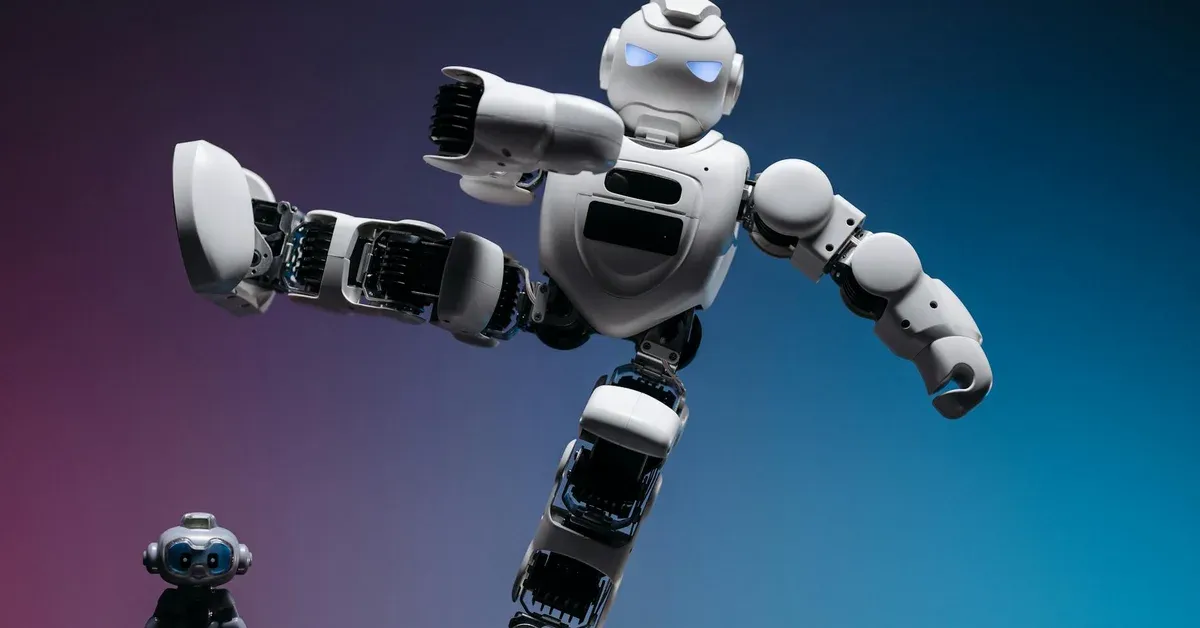
A leaked dataset from popular erotic AI chatbots has exposed a disturbing trend: people are using yearbook photos to generate non-consensual deepfake porn. Users upload innocent pictures from high school yearbooks and command AI tools to create explicit images of real people who never consented. This isn’t a privacy breach in the traditional sense. It’s a new form of digital violation that takes advantage of how easy it’s become to weaponize AI.
How This Technology Got Weaponized
The process is shockingly simple. Someone finds a picture online, maybe from a yearbook or social media, uploads it to an erotic AI chatbot, and types a few commands. The AI generates realistic porn featuring that person’s likeness. No technical skills required. No consent obtained.
Modern generative AI has made these deepfakes disturbingly convincing. These aren’t obvious fakes anymore. The technology can create images that look real enough to fool most people at first glance. Every picture you put online becomes potential ammunition for this kind of abuse.
This follows a pattern we’ve seen before. Teenagers sue AI apps for creating fake nude images, but the scale here feels different. Yearbook photos were meant to capture a moment in time, not become source material for porn.
The Complete Absence of Consent
This isn’t about technology failing. It’s about technology working exactly as designed, just for terrible purposes. The history of online exploitation shows us that bad actors will always find new tools. AI just happens to be exceptionally good at creating realistic fake content.
Victims face real consequences: reputation damage, psychological harm, and zero control over how their image gets used. Once these deepfakes spread online, stopping them becomes nearly impossible. The damage is permanent and nearly impossible to undo.
The problem mirrors other AI failures with real-world impact, like when AI mistakes Doritos for a gun, sending armed police to a student. The technology doesn’t understand context or consequences. It just does what users tell it to do.
What Laws Are Trying to Do About It
California’s SB 11 represents one legislative attempt to address deepfake porn. The bill would require AI platforms to display warnings like: “Unlawful use of this technology to depict another person without prior consent may result in civil or criminal liability for the user.” A detailed analysis of SB 11 lays out the legal framework being considered.
But warnings won’t stop determined abusers. The technology is too accessible. Some companies are taking privacy seriously. The Tor Browser ditching AI features to protect user privacy shows that some developers recognize the risks.
The leak, first reported by 404 Media, reveals how widespread this problem has become. For every company trying to build ethical AI, dozens of unchecked platforms emerge.
Where This Leaves Us
Porn laws haven’t caught up to AI technology. The tools exist. The abuse is happening. And our legal systems are scrambling to respond. Every public picture becomes a potential target. Your yearbook photos, profile pictures, or any image you’ve ever shared online could be used to create porn without your knowledge.
This isn’t a hypothetical future problem. It’s happening right now. Until we develop stronger ethical guidelines, better legal frameworks, and actual enforcement mechanisms, anyone with photos online remains vulnerable. The question isn’t whether AI will be abused, but how quickly we can contain the damage already being done.